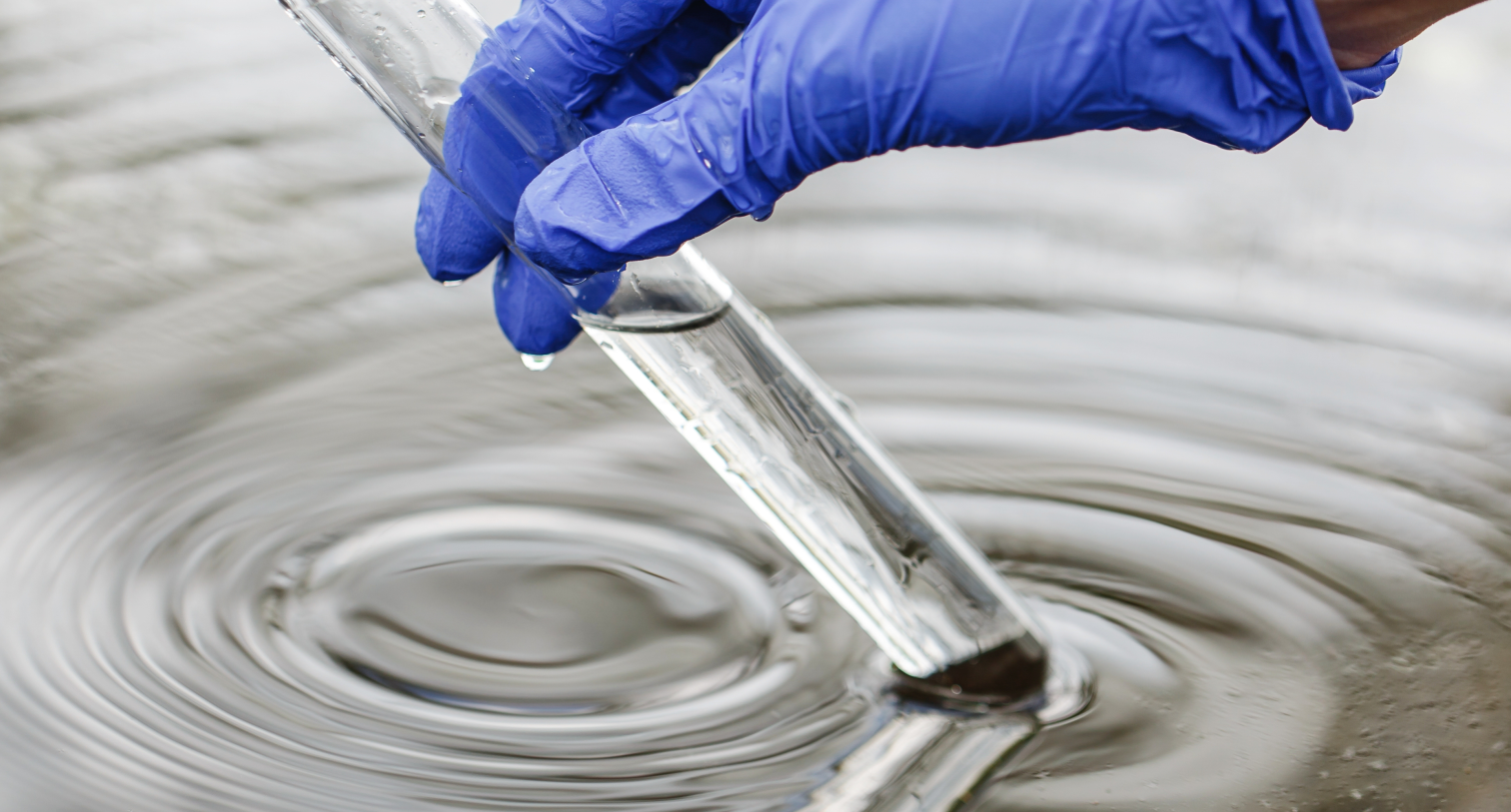Global NEST Journal

The Global NEST Journal is an open access journal that publishes original research articles, short papers and critical reviews on all aspects of Environmental Science and Technology, examples of which are:
- Air pollution and health,
- Circular Economy and Bioeconomy,
- Climate Change,
- Environmental management and policy,
- Hydrology and Water Resources Management,
- Solid Waste Management,
- Sustainable Energy,
- Water and Wastewater Treatment and Reuse.
Relevant topics incorporating the methodologies and state of the art of disciplines such as Environmental Management Policies, Ecosystems and Natural Resources Management, Hydrology and Water Resources Management, Clean Energy and Sustainability are included.
Submitted manuscripts are initially reviewed by the editor and selected after rigorous peer review by scientists in order to assess the significance, originality and appropriateness for publication.
Articles submitted to Global NEST Journal benefit from its broad scope and readership. We aim for a turnaround time of 4 weeks from submission to first decision.
Global NEST Journal is addressed to professionals in Academic, Consulting Offices, Government Agencies and Organisations, as well as others responsible for the investigations, evaluation of complicated environmental issues of global interest.
Print ISSN 1790-7632
Electronic ISSN 2241-777X
Journal Indexing
The 2024 Scopus CiteScore for the Global NEST Journal is 2.36. It is also ranked in the Q3 quartile for Environmental Science (miscellaneous).
Here's a breakdown of other key metrics:
- H-index: 41
- SJR: 1.5 (Q3) / 2 years
- ICV 2024: 153.75
Journal Impact Factor (JIF): The Journal Impact Factor (JIF) is not directly calculated in Scopus and is based on Web of Science data. Web of Science data. However, the Global NEST Journal does have a JIF, and the Journal Impact Factor (JIF) is 2-year Impact Factor is 1.5.
Index Copernicus Value (ICV) is a score presenting the level of development of journals registered in the ICI World of Journals database.
Scimago Journal and Country Rank (Scimago) provides information on the journal's H-index and SJR, while Researcher.Life lists the CiteScore and quartile. Web of Science Journal Info lists the JIF.
Latest articles
Experimental studies on strength performance of high strength geopolymer concrete using Egg shell powder, and rice husk ash with recycled coarse aggerate for sustainable environment.
by Natarajan Karthiga Shenbagam, Krishnasamy Revathi
Performance Modeling and Field Validation of Decentralized Wastewater Treatment Systems in Semi-Arid Azerbaijan: A Pilot Case Study
by Pasha Natiq, Mikayil Orkhan, Qasimov Isa, Aliyev Elkhan
Food wastage Analysis Framework using Comprehensive IoT-Based Multi-Sensor
by .K Valarmathi, .M Mageshwari, .N Prabakaran, Rajendran Surendran
Assessment of heavy metal contamination of underground water sources Gorgan, Iran with HEI, HPI, Cd and MI indices and hazard risk assessment (Monte Carlo simulation)
by Dadban Shahamat Yousef, Mehdinejad Mohammad, Rokni Hassan Reza, Bakhshi Khadije, Faraji Hosein
A green approach for the treatment of industrial effluent for hazardous metals of chromium and lead
by Nisar Bushra, Yasin Muhammad, Batool Fozia, Mahmood Hamid, Rubab Syeda Laila, Sultan Aeysha, Mustaqeem Muhammad, Ditta Allah, Iqbal Rashid, Gurbanova Lala, Al-Khayri Jameel